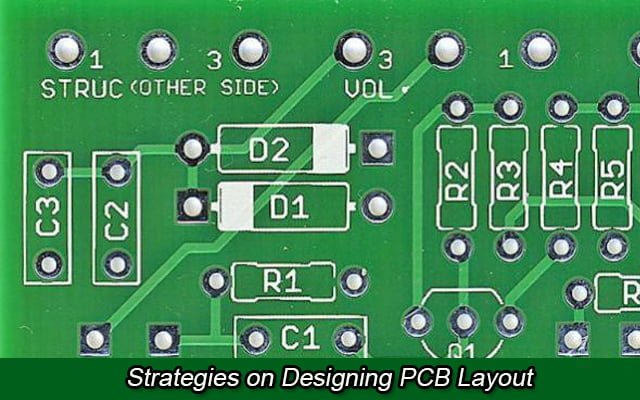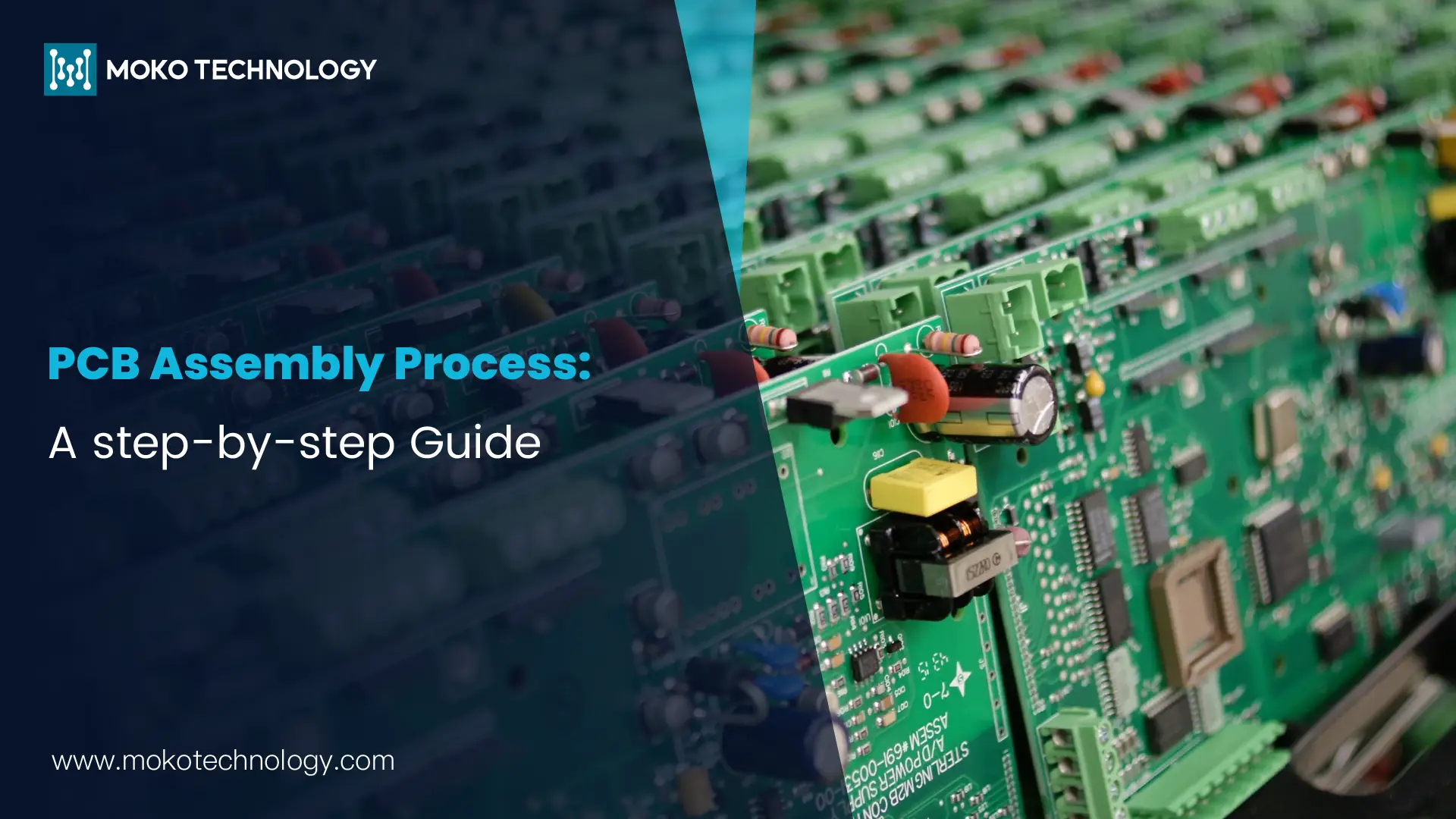- 0.1mm is too tight toward the high end if you’re designing for automatic insertion of parts with bent leads.
- Usually 0.8mm is okay for most leads except fat diode leads, for which you can use 1.0mm.
- Usually 1.3mm holes are specified for 1mm pins (for example on terminal block datasheets).
- Sometimes 1.5mm which is really, really loose.
If the leads are flat or square rather than round, you can go a bit tighter on the diagonal dimension, assuming a round hole. For really flat leads, it’s better to specify a slot.
If you’re using some kind of special part, such as a staked connector or press-fit part, pay attention to the tolerances.
Read More: Through Hole PCB Assembly
#PCB Assembly #PCB Design



